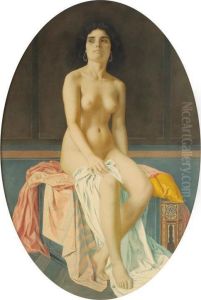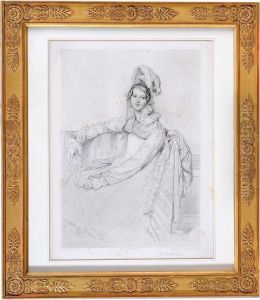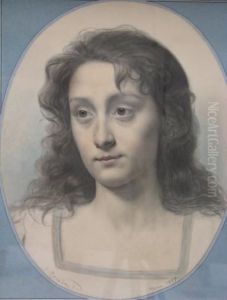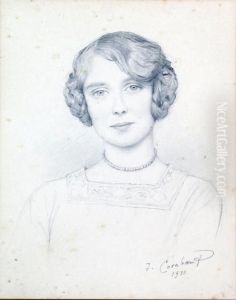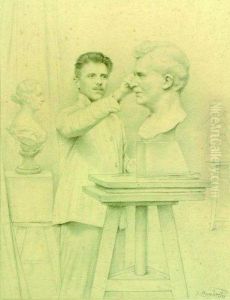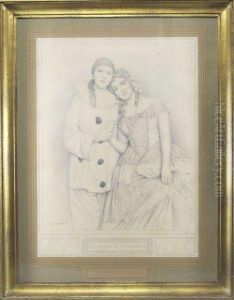Jean Alexandre Coraboeuf Paintings
Jean Alexandre Coraboeuf was a French sculptor born in 1853, during a period that saw the flourishing of French arts under the Second Empire and the early Third Republic. He was part of a generation that benefited from the cultural policies of this era, which included the establishment of numerous art schools and increased public commissions for art works.
Coraboeuf trained at the École des Beaux-Arts in Paris, which was the foremost art institution in France at the time. Under the tutelage of renowned sculptors such as François Jouffroy and Alexandre Falguière, he honed his craft in the tradition of academic art, emphasizing classical techniques and subjects. The academic system encouraged students to participate in the Prix de Rome, a prestigious scholarship that offered winners the opportunity to study at the French Academy in Rome. Although it is not clear if Coraboeuf competed for or won this prize, the influence of such institutions was evident in the style and quality of his work.
He began to gain recognition in the 1870s and 1880s, a period that was marked by a vibrant art scene in Paris. During this time, he exhibited his works at the Paris Salon, the official art exhibition of the Académie des Beaux-Arts. The Salon was the most important annual and biennial art event in the Western world and a crucial venue for artists to showcase their work to potential patrons and the general public.
Coraboeuf's sculptures often depicted figures from history, mythology, and allegory, reflecting the tastes of the time for grand, narrative art. His works were known for their detailed realism and expressive emotion, qualities that were highly valued in the academic circles. He also created portrait busts and memorials, contributing to public monuments and funerary art, which were significant aspects of a sculptor's work during the era.
Despite his talent and the initial recognition he received, Jean Alexandre Coraboeuf did not achieve the same level of lasting fame as some of his contemporaries like Auguste Rodin, who would eventually overshadow many of his peers due to the revolutionary nature of his work. Nevertheless, Coraboeuf was a respected member of the artistic community during his lifetime.
Coraboeuf passed away in 1908, leaving behind a body of work that, while perhaps not widely known today, reflects the academic tradition and artistic values of his time. His sculptures continue to be of interest to those studying the period and the evolution of French sculpture, representing a link in the chain of artistic development that led from the academies to modernism in the early 20th century.
